Researchers Compare Monochorionic And Dichorionic Twin Pregnancies
A group of researchers from India has looked into twin pregnancies, and how chorionicity affects those pregnancies and the newborn twins. The results were published in the International Journal of Reproduction, Contraception, Obstetrics and Gynecology. Chorionicity relates to the number of placentas. Monochorionic twins share a placenta. Dichorionic twins have their own placentas. 232 cases of monochorionic and dichorionic twin pregnancies were included in the study. The observational study was conducted in a tertiary care hospital over a period of one year. Tertiary care is specialized consultative health care. It’s usually for inpatients and patients on referral from a primary or secondary health professional.
Planned c-section was done more for monochorionic twins
The 232 cases were followed up from first trimester. Two thirds of the pregnancies were dichorionic, one third monochorionic. The results were compared between the two groups. The results showed that the mean gestational age for monochorionic twins was 33+2 weeks. It was 35+6 weeks for dichorionic twins. Monochorionic twins had a much higher risk of being born prematurely compared to dichorionic twins. Planned c-section was done more for monochorionic pregnancies than dichorionic. The mean birth weight of monochorionic twins was 1.7 kg (3lbs, 11oz) compared to 2.1 kg (4lbs, 10oz) among dichorionic twins.
Low Apgar scores and asphyxiated babies
The results also showed that having monochorionic twins were significantly associated with pregnancy complications and adverse outcomes during and after birth. The risk of an adverse outcome immediately before and after birth was associated more with monochorionic pregnancies (37.5 percent) than dichorionic pregnancies (11.8 percent). Low Apgar scores were seen in 31.3 percent of monochorionic twins compared to 15.8 percent of dichorionic twins. The Apgar score is an assessment of how a baby is doing at birth. The number of asphyxiated babies in the monochorionic twins group were 12.5 percent compared to 9,9 percent in the dichorionic twins group. Birth asphyxia happens when a baby’s brain and other organs don’t get enough oxygen before, during or right after birth.
Chorionicity needs to be diagnosed early
The risk of being admitted to the Neonatal Intensive Care Unit (NICU) was higher for monochorionic twins (31.3 percent) than dichorionic twins (21.1 percent). The researchers concluded that chorionicity needs to be diagnosed early, so that twins, who share a placenta, can be referred to a tertiary center with a Fetal Medicine Unit (FMU) and a NICU. This was deemed very important in order to reduce morbidity and mortality in monochorionic twins.
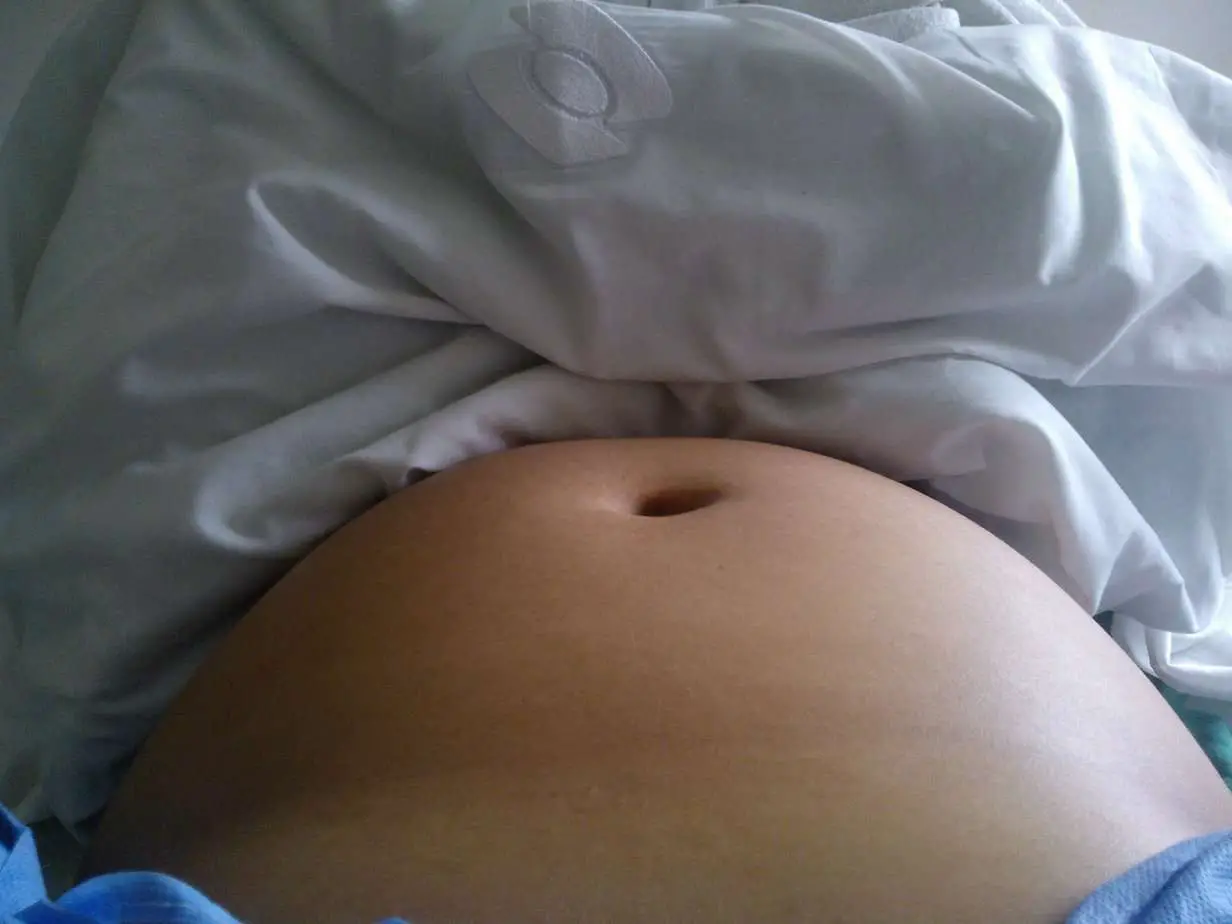
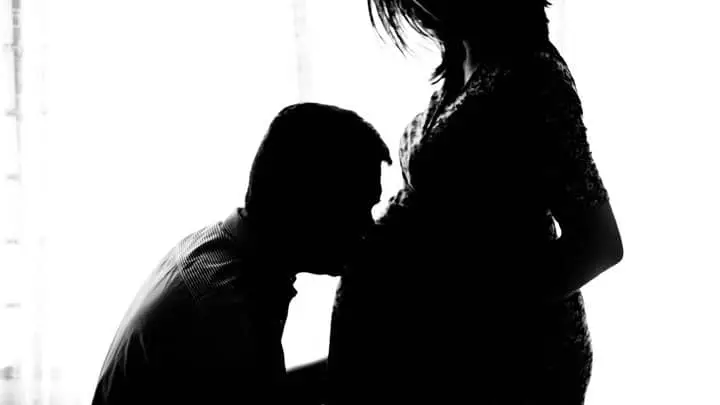

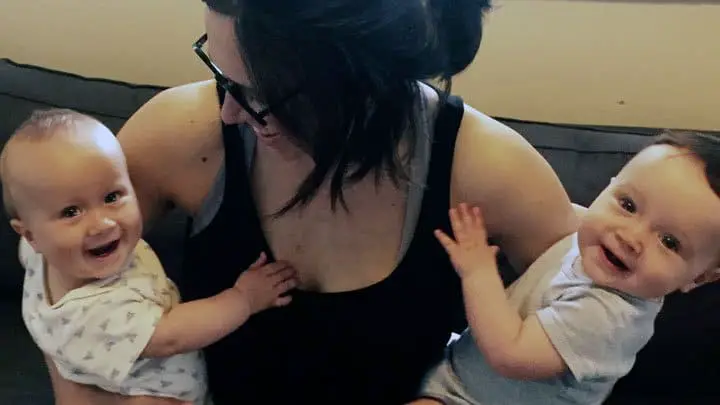

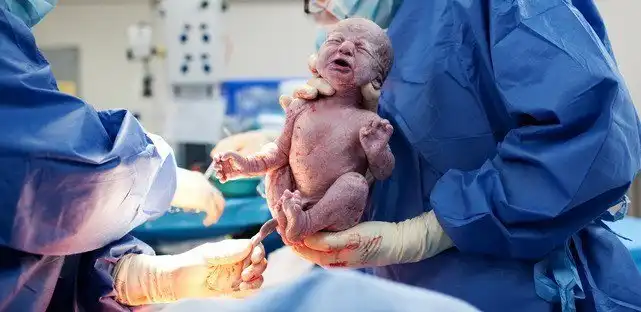
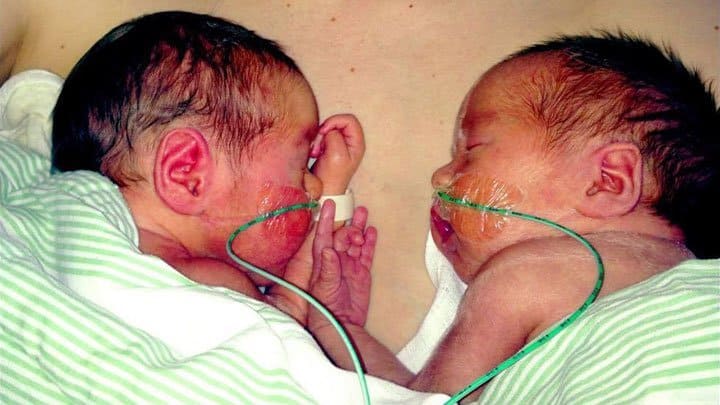

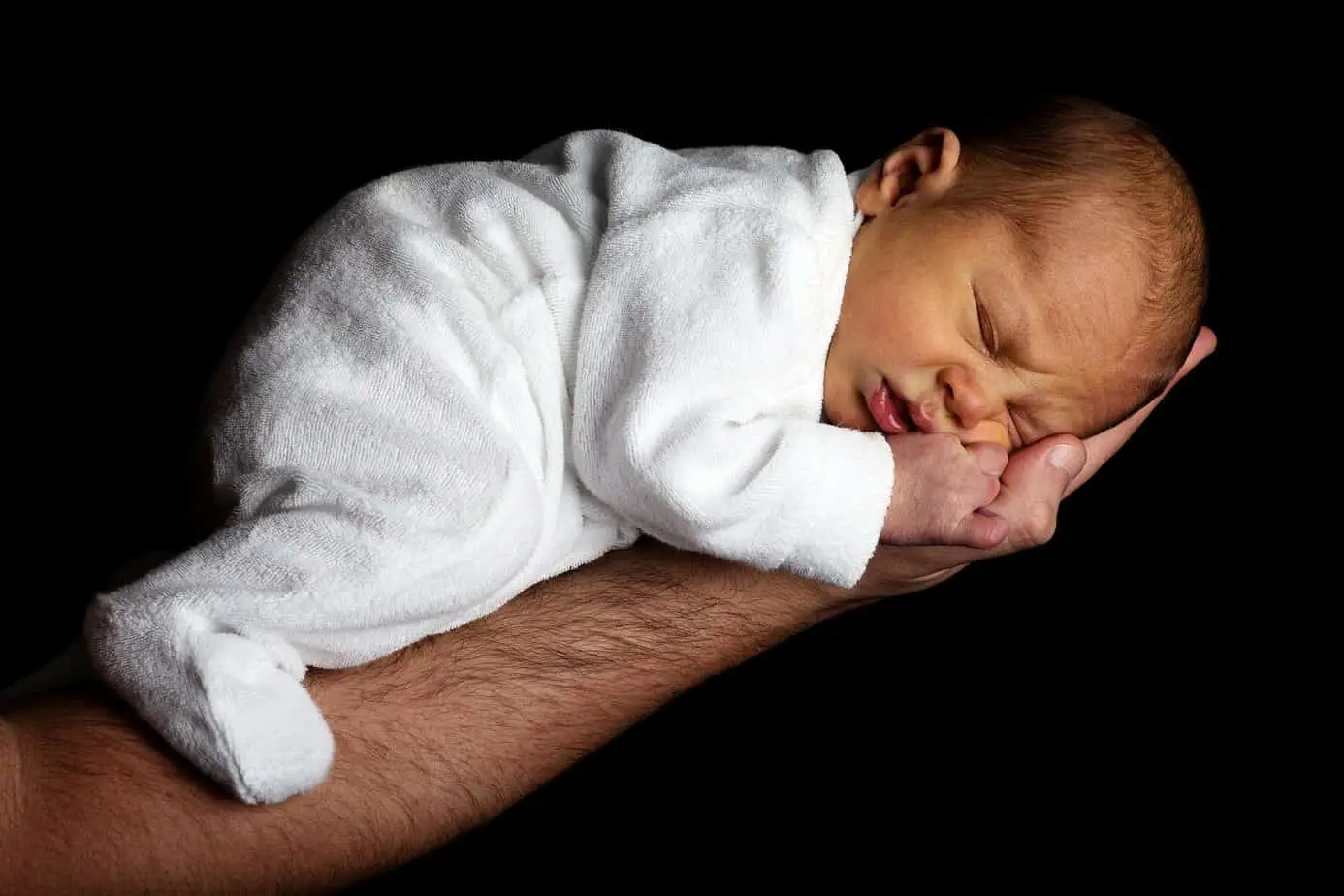






Donna, thank you very much for sharing your story – determining chorionicity and correct monitoring of monochorionic twins is definitely extremely important! My deepest condolences for the loss of your daughter.
My chorionicity was ‘very thin dividing septum’ on my notes when my twins were detected at 16 week. My pregnancy was uncomplicated and spontaneous labour at 37 weeks resulted in an emergency section. Twin 1 was 6lb 10oz and needed to be resuscitated, was severely aneamic, in renal failure and started having seizures. Twin 2 was dark purple and 6lb 8oz and unexpectedly stillborn. Autopsy showed she died just hours before delivery from congestive heart failure after being the recipient of Twin Aneamia Polycythemia Sequence which caused severe birth asphyxia in Twin 1. This was in 1996. Twin 1 is 2 weeks from her 22nd birthday and has the physical and cognitive ability of a 0-3 month old. She is life limited also. Determining chorionicity is extremely important and if Monichorionic twins are detected, correct monitoring needs to be ensured to look for potential signs TTTS and TAPS.
Did the study differentiate between monozygotic and dizygotic dichorionic twins?
No – they based the groups solely on chorionicity (whether or not the twins shared a placenta).